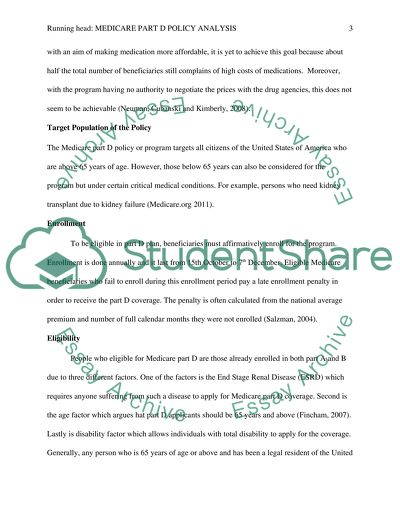Cite this document
(“Medicare Part D Policy Analysis Term Paper Example | Topics and Well Written Essays - 2500 words”, n.d.)
Retrieved from https://studentshare.org/environmental-studies/1421560-medicare-part-d-policy-analysis
Retrieved from https://studentshare.org/environmental-studies/1421560-medicare-part-d-policy-analysis
(Medicare Part D Policy Analysis Term Paper Example | Topics and Well Written Essays - 2500 Words)
https://studentshare.org/environmental-studies/1421560-medicare-part-d-policy-analysis.
https://studentshare.org/environmental-studies/1421560-medicare-part-d-policy-analysis.
“Medicare Part D Policy Analysis Term Paper Example | Topics and Well Written Essays - 2500 Words”, n.d. https://studentshare.org/environmental-studies/1421560-medicare-part-d-policy-analysis.


